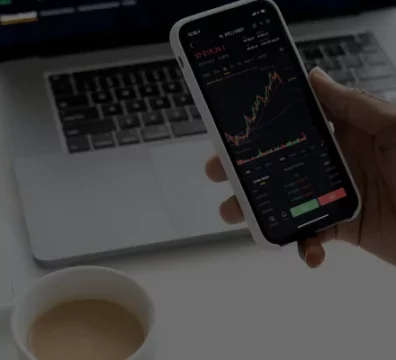Turn Random Outcomes into Repeatable Wins
If you’ve ever felt like trading is just flipping a coin, you’re not alone. Most retail traders are gambling without even realizing it. They copy strategies from YouTube, slap random indicators on a chart, and call it a “system.”
But without a tested edge, every trade is just a guess.
The difference between gamblers and professionals isn’t intelligence or luck — it’s whether they have a repeatable strategy with positive expectancy.
Here’s how to build one.
Why Most Traders Don’t Have an Edge
1. Luck vs. Skill
Beginners often mistake a string of wins for skill however markets are random enough that even poor strategies can win in the short term.
2. Chasing the “Holy Grail”
Many traders endlessly hop between indicators and systems, believing there’s a perfect formula that wins every time. There isn’t.
3. Copying Trades from Discord Channels or YouTube Livestreams
There are many trading “gurus” (or “furus” in the case of the not so trustworthy ones) who claim to have a winning strategy with consistent profitability. Many sell access to their channel or livestream however not all are profitable in even the short to mid-term, let alone the longer term. If you’re tempted by one of these services, be sure to paper trade the strategy for a number of weeks, if not months, before going anywhere near a live chart.
What an Edge Really Means in Trading
So what is an “edge”?
An edge is simply a repeatable condition that, when traded consistently with proper risk management, produces profits over a large sample size.
Positive Expectancy Explained
Expectancy measures what you can expect to make (or lose) per trade over time. The formula:
Expectancy = (Win % × Average Win) – (Loss % × Average Loss)
If your expectancy is positive, your system makes money long-term.
Win Rate Isn’t Everything
A system with 40% win rate can be profitable even if the winners are 2:1 R:R. Likewise, a 70% win rate can still lose money if the losses are bigger than the wins.
Steps to Building Your Edge
Step 1: Define Your Trade Idea Clearly
Every system starts with a hypothesis. Maybe it’s price reacting at a support zone, or volatility breakouts during certain sessions. Write it down.
Step 2: Backtest Over Sufficient Sample Size
Run the idea through historical data. Don’t just test 20 trades — test hundreds, across multiple market conditions.
Step 3: Forward Test in Real Time
Backtests can mislead. Prove the system works by paper trading or trading very small size in live markets.
Step 4: Track Expectancy with a Trade Journal
Document every trade — entry, exit, reasoning, risk/reward, and emotional state. Over time, patterns emerge that confirm (or disprove) your edge.
Step 5: Refine Without Overfitting
Avoid “curve fitting” — tweaking a system to work perfectly in the past but fail in live trading. Robust systems work across multiple conditions, not just cherry-picked data.
Avoiding Common Pitfalls
Curve Fitting
Adding endless filters to make a backtest look perfect is a trap. Simplicity usually performs better live.
Mistaking Short-Term Wins for an Edge
Anyone can get lucky. True edges are proven over hundreds of trades.
Ignoring Risk Management
Even the best edge fails without proper risk control. Position sizing and stop losses are what keep expectancy positive.
How a Proven Edge Changes Your Trading
When you finally have a tested edge, everything changes.
- Confidence in Drawdowns: Losses no longer feel like the end of the world, because you trust the long-term math.
- Freedom from System-Hopping: No more chasing every new strategy online. You know what works for you.
- Path to Consistency: A tested edge is the foundation for building wealth through trading.
Trading stops being a gamble. It becomes a structured business.
Final Thoughts: Build the Edge, Stop the Gamble
If you’re frustrated with random results, the solution isn’t more indicators or chasing signals. It’s creating a system with a real, tested edge.
Define it. Backtest it. Forward test it. Track expectancy. Refine without overfitting.
Do this, and you’ll finally step out of the casino and into the world of professional trading.
Because at the end of the day, traders without an edge are just gamblers — and gamblers always lose.
